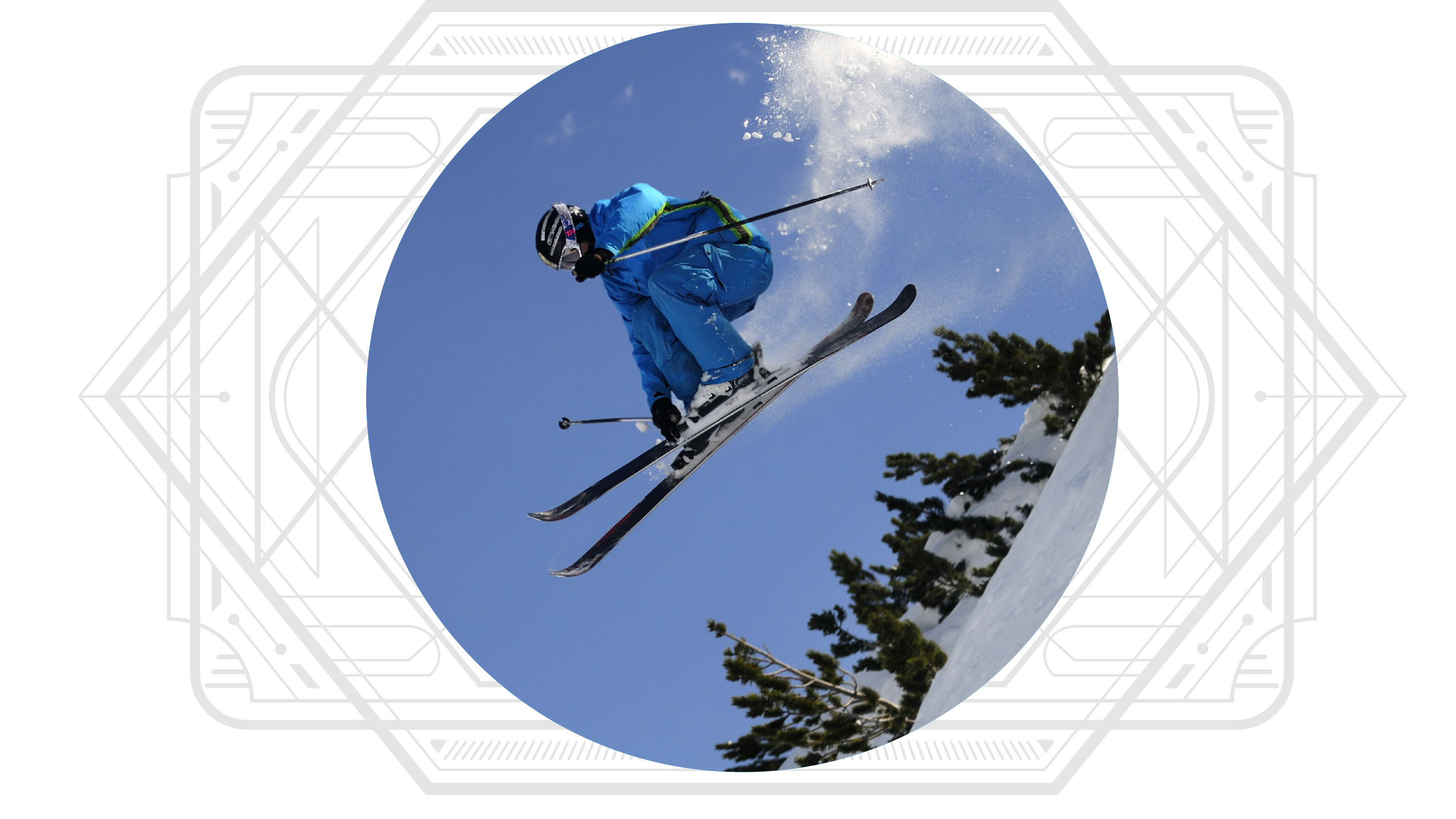Stay Up When Temps Cool Down:
Maintaining Your Spine Health
During Winter In The Desert
By Andrew M. Cash, MD
Read Our Digital Issue
Although Las Vegas meteorologists are not likely predicting freezing temperatures even as of the publication of this article, winter is quickly approaching much of the western United States. Many of us enjoy vacationing in snow-laden areas for the luxury and relaxation of ski slopes, and fortunately, most seasonal Winter-Sports Warriors only suffer the aches and pains in muscles that have not been used in a while. However, there are serious injuries that can result from negligent or sometimes cautious winter-related recreational activities.
Since knowledge is power, it can be helpful to pre-empt outdoor wintertime activity with a realistic self-reminder of what can happen if we’re not careful to ease back slowly into our seasonal hobbies.
Skiing and Snowboarding: An Inconvenient Truth
Often, skiers and snowboarders suffer from sprains, fractures, cartilage injuries, or dislocations of a variety of body parts.
Ankles: When it comes to ankles, treatments can involve rest, ice, compression, and elevation; protecting the amount of weight bearing down on a foot or ankle with a boot; or potentially surgery. There are also fractures, which can be associated with dislocations and, if involved with a joint, can result in accelerated degeneration of the joint requiring future care such as surgical interventions.
Knees: The spectrum of injuries that can occur in one or both knees includes tendon sprains or strains; ligamentous sprains grades 1-3; fractures; and/or dislocations. Some knee fractures are associated with a high incidence of neurologic injury causing reduced sensation and paralysis in the ankle and foot. Other knee fractures are associated with vascular injury and essential limb-threatening disasters requiring emergent operative intervention.
Hips: As we move up the lower extremities, hip fractures and/or dislocations can occur, but are much less likely than the others I’ve described. Depending on the severity, operative intervention might involve screws and plates or even an immediate hip replacement. Prolonged rehabilitation often involves wheelchairs and walkers.
Upper extremities: The most likely serious injuries in the arms include wrist sprains and fractures, and occasional elbow or shoulder dislocations or fractures. Sprains can take longer than fractures to heal, and at a minimum they serve as distractors during work and play. Surgical intervention is followed by immobilization with slings or casts; then, by prolonged range of motion and strengthening exercises.
Head and Spinal Cord: Closed-head injuries—wherein a skier might strike his or her head into an immovable object such as a tree, a barrier or ice—can be catastrophic. Epidural and subdural hematomas require emergent evaluation and potentially a decompressive, life-saving surgical procedure. Equally catastrophic are spinal cord injuries to the neck or mid-back. The complete paralysis is often permanent if the spinal cord is functionally severed at the neck, resulting in the inability to feel or move the upper and lower extremities. (That was the bleak Christopher Reeve injury, wherein he fell off a horse.)
Mid-back spinal cord injuries are often associated with the inability to feel or move the lower extremities. Lifetime wheelchair dependence is among the many disheartening complications. Low-back fractures and dislocations are often associated with nerve injuries and not total paralysis unless the fractures or dislocations occur high in the low back. Permanent leg pain, burning and numbness are combatted by partially effective medications, while footdrop requires a leg brace for successful ambulation.
Snowmobiles: Second Verse, Same As The First….
Snowmobiles are fraught with some similar injuries as skiing and snowboarding, should a collision occur or a driver or passenger be thrown from the vehicle. Personally, this activity was my favorite of the three. However, the calming effect of slow-falling snow against a backdrop of glistening white and reflective sunshine disengages the rider’s cognition from the alarming danger of unrestrained bodily speeds in excess of 90 miles per hour.
Expert Advice: Use Common Sense
If nothing else, this article is an eye-opener to the potential dangers of the wintertime recreational activities many of us enjoy during our hard-earned down time. The best advice medical professionals can offer is simple, tried and true: Safety first. Listen to your body, and do what you feel you can…not what you may want to do. There’s always tomorrow. If you exercise mindful caution while trying to enjoy yourself as much as possible, your wintertime recreational season will last from first snowflake to last, and each snowfall in between.
Andrew M. Cash, M.D., is a board certified orthopedic spine surgeon specializing in neck and back care with a focus on minimally invasive operative treatments. His practice—Desert Institute of Spine Care—is located at 9339 West Sunset Rd., Suite #100, Las Vegas, NV 89148. For more information, visit www.disclv.com or call 702.630.3472.


Leave a Comment